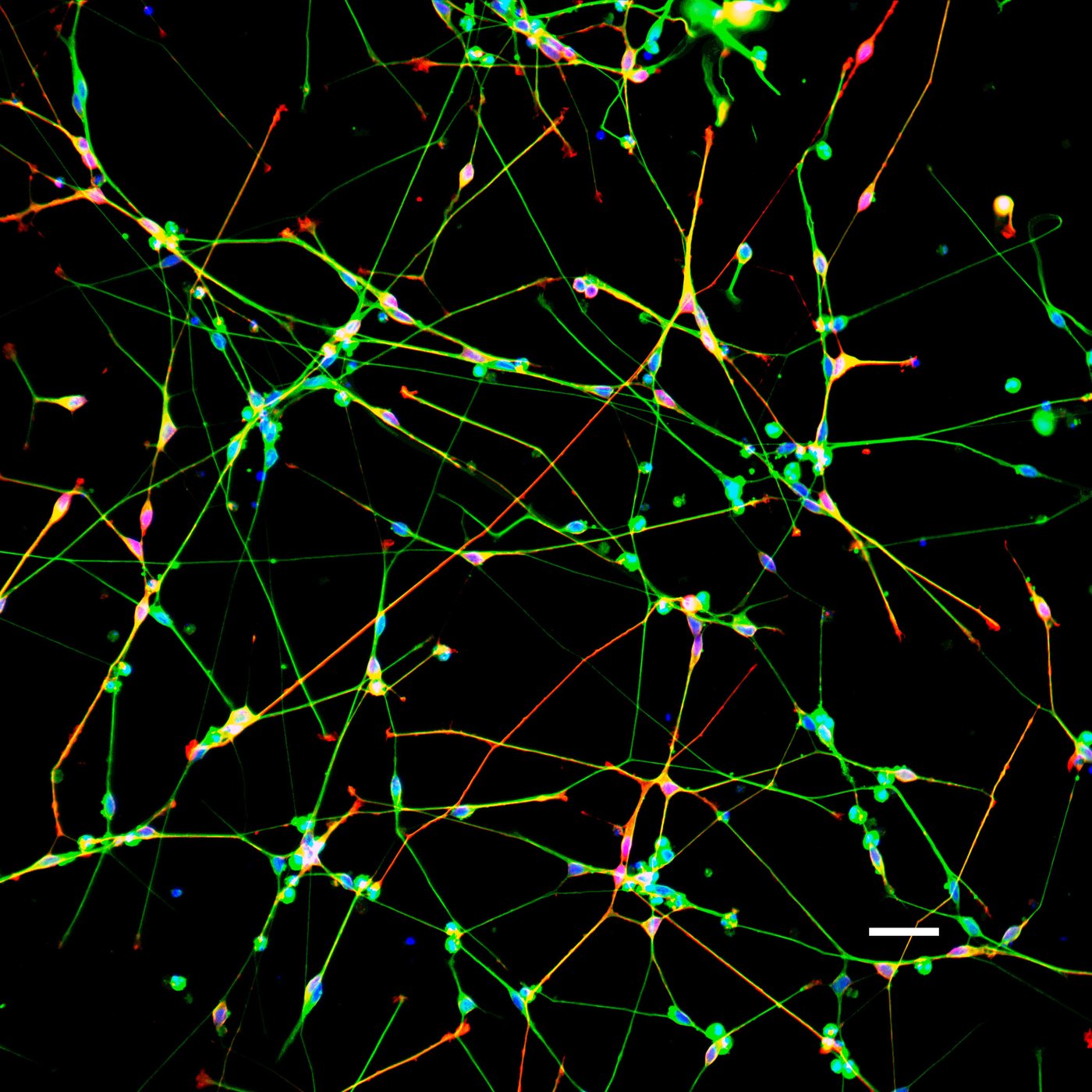
Dr. Ina Huppertz
Max Planck Institute for Biology of Ageing
Neural stem cells reside in selected regions of the adult vertebrate brain and can differentiate to become neurons, astrocytes and oligodendrocytes. A change in the metabolic landscape is a key feature triggering the neural stem cells’ differentiation. These stem cells possess the potential to compensate for the neuronal loss commonly found in age-associated cognitive decline. Our group is fascinated by the cross-talk between RNA, RNA-binding proteins and metabolism in ageing neural stem cells.
Stem cells possess a unique metabolic landscape that controls their survival and function. The finetuning of redox and metabolic processes is essential for stem cells’ self-renewal, proliferation, and differentiation, which in turn is fundamental to their regenerative capacity. Deviations from this metabolic balance, by contrast, can contribute to ageing and age-associated pathologies, which can particularly impact a person’s quality of life when it is linked to cognitive decline.
It is important to continue deepening our understanding of the ageing brain and the potentially rejuvenating neural stem cells (NSCs) that lie dormant or damaged within. The majority of mammalian NSCs remain in a quiescent state and undergo self-renewal via a slow cell cycle. However, certain stimuli activate these quiescent NSCs causing them to proliferate and differentiate into neurons, astrocytes, or oligodendrocytes depending on the received cue.